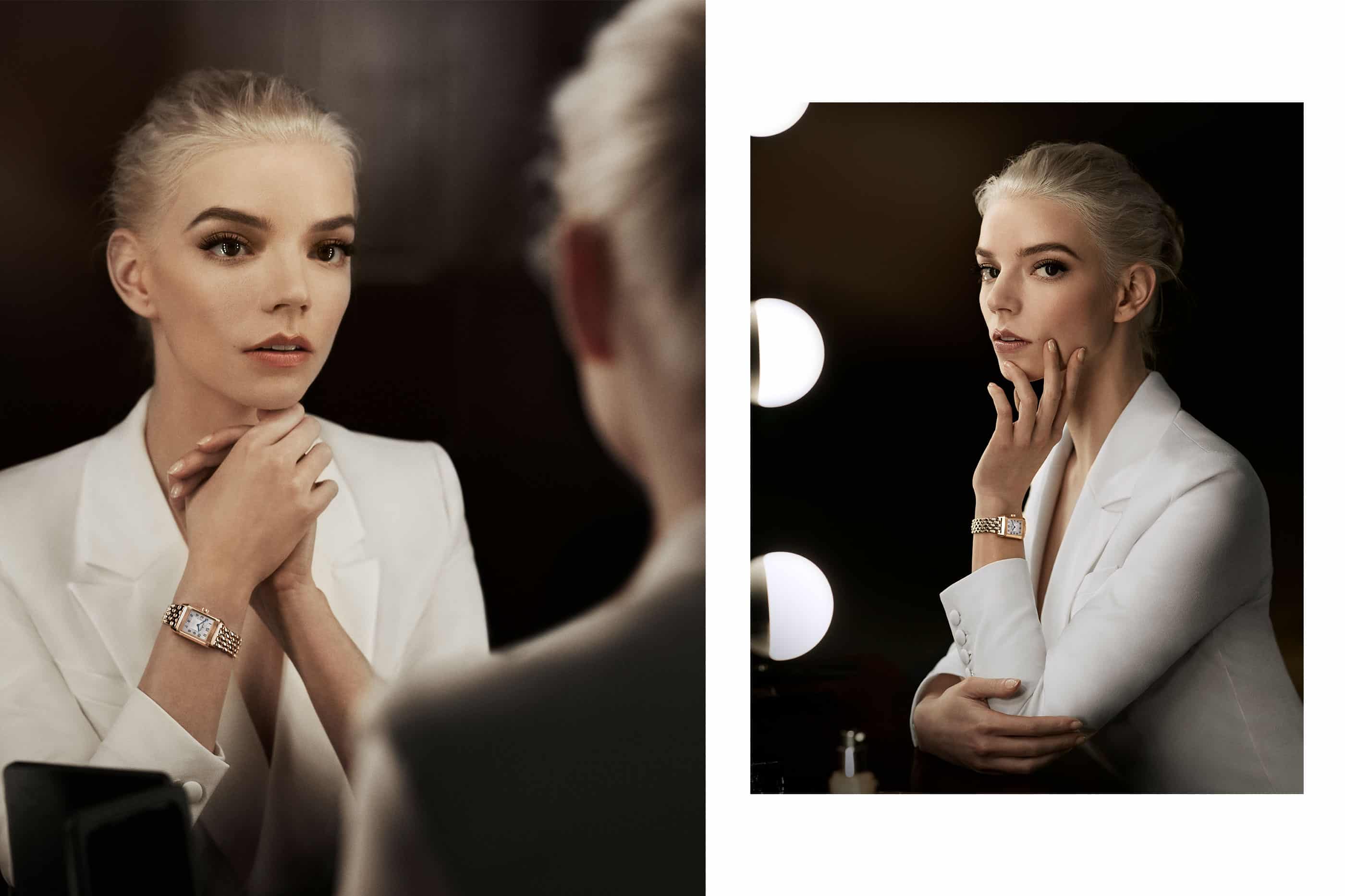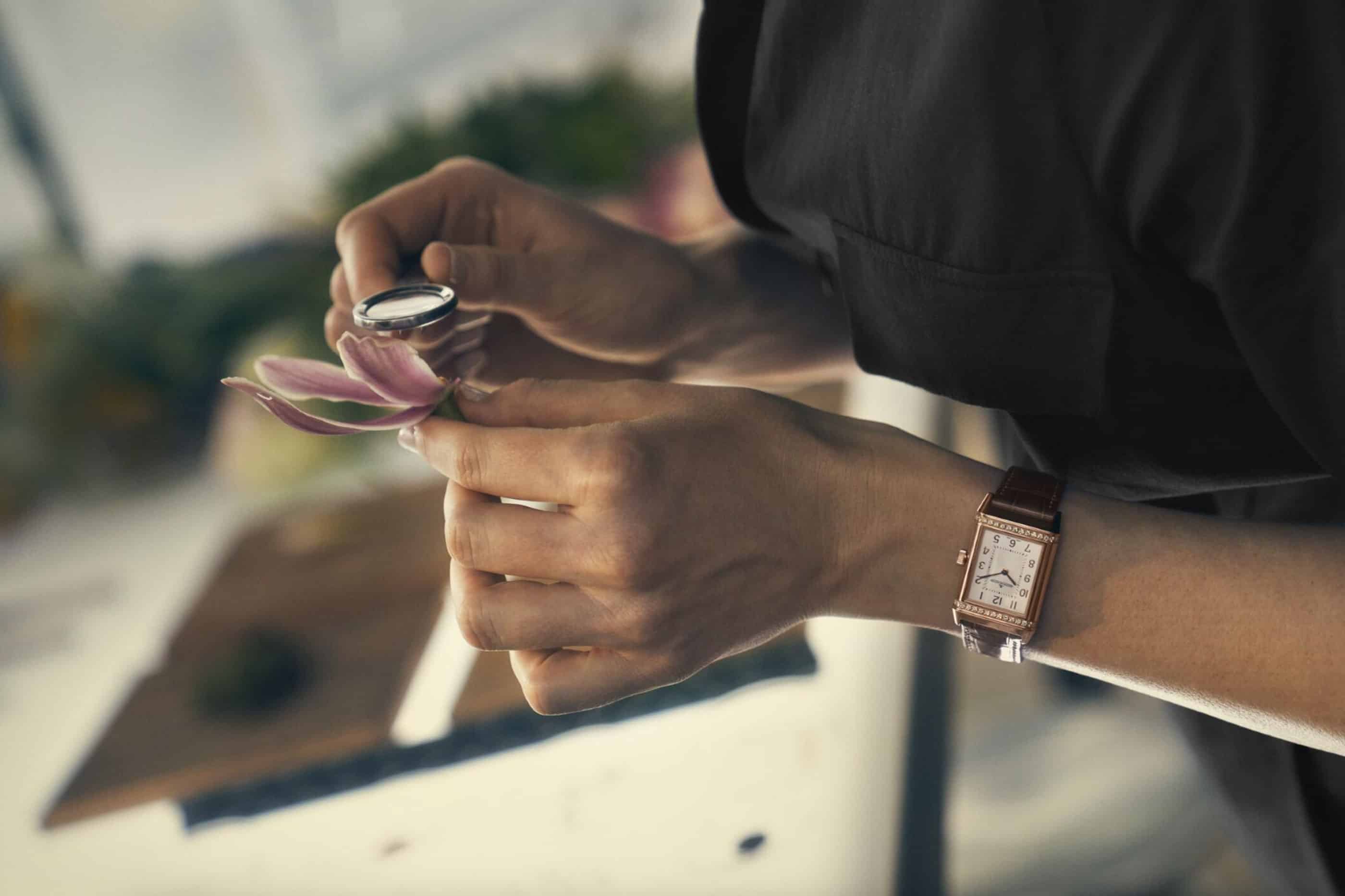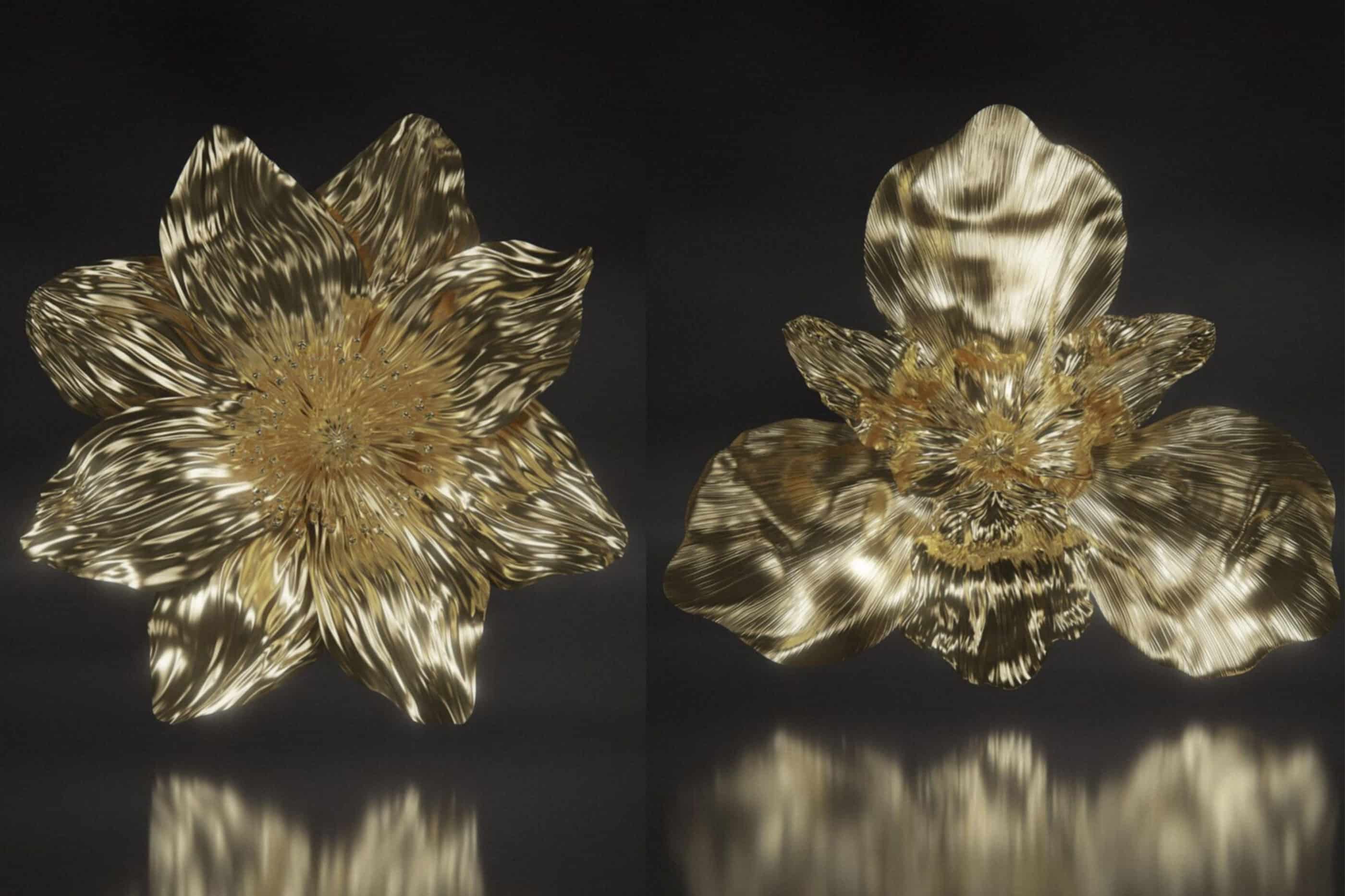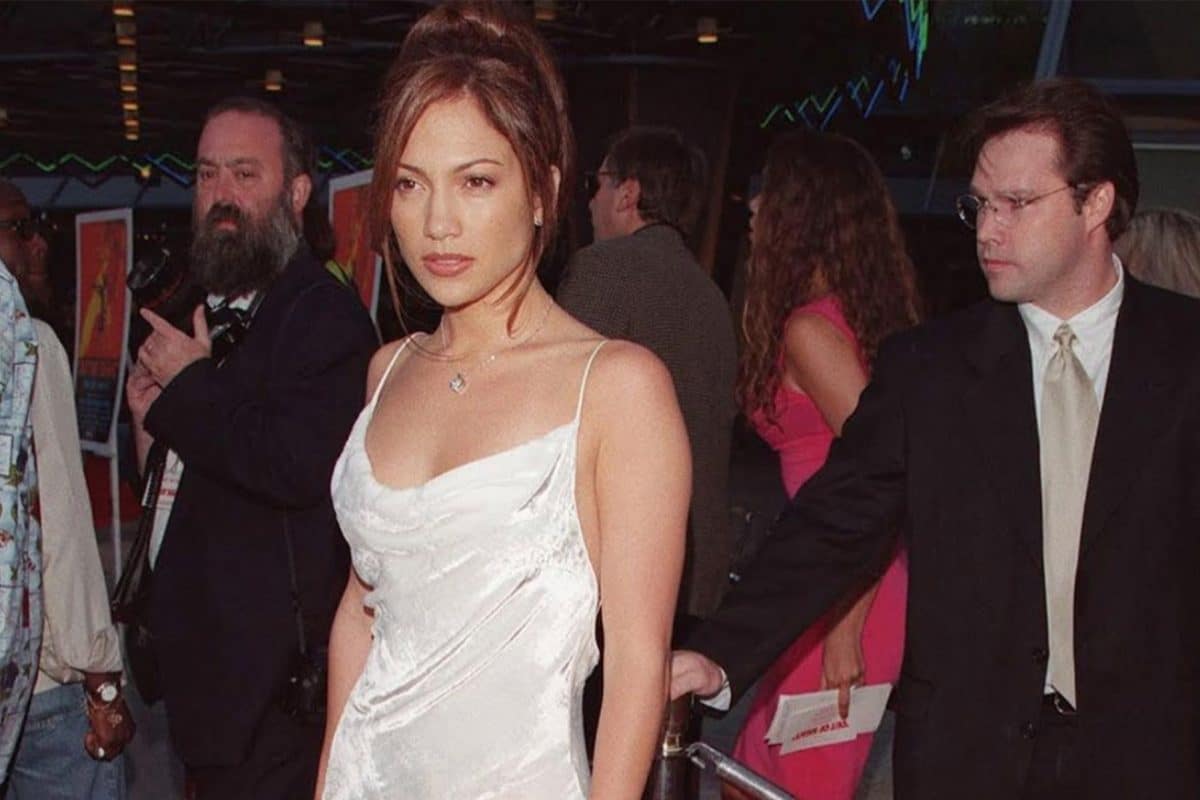
Have you ever looked at a flower – and, I mean really looked at it – and noticed how much is hidden within the depths of its petals? With each unfurling, a new detail presents itself. A new crease, an obscure marking of colour that at once feels out of place and yet so at home, a glistening that activates only when the opening is angled towards the sunlight, just right… A reflection of the extraordinary lying dormant within the predictable elements of the ecosystem that surrounds us, waiting to be discovered, it’s an almost intoxicating experience that melts the walls of reality and transports us beyond the boundaries of what is perceived as possible. At least, as far as flowers are concerned.
It might seem like an unnecessarily intricate approach to the simplicity of one of nature’s most abundant offerings, but if you really looked at the world of flora the same way that digital floristry sculptor, Brendi Wedinger does, you would feel the same way. Based in Los Angeles, the multi-disciplinary artist and designer operates with the creative purpose of bringing a three-dimensional lens to digital art. Blurring the boundary between real life and fantasy, most notably with a focus on nature, she combines various elements to form a new and surreal visual reality that is almost tangible, occasionally abstract, often highly sculptural and always emotionally captivating.

So, when luxury watchmaker Jaeger-LeCoultre was looking to expand its cultural universe through the latest instalment of its Made of Makers programme, the synergy between the creative pillars of the Maison and Wedinger’s practice were instantly aligned. For those unfamiliar with the unique collaboration, Made of Makers unites the distinct disciplines of horology and art under the values of creativity, expertise and precision to naturally expand upon the dialogue that exists between the two through a new form of artistic expression. From artists and designers to craftsmen who exist outside the world of watchmaking, the collaboration invites various experts in their field to utilise unexpected materials and media to create innovative and trailblazing work.
For Wedinger, this fascination with challenging the connection between two typically opposing forces or materials has been intrinsic to her creative process since inception, a story that almost forebodes her ability to celebrate the artful distortion and enhancement of nature through technology in her work.
“I have enjoyed expressing myself creatively for as long as I can remember. I was fortunate to have a wonderful mother who always indulged my creative curiosities,” Wedinger shared.
“It’s a bit of a funny story, but when I was in second grade, we were asked to do a project depicting leaves changing colour in the fall.”
“The leaves I created were very anatomically correct for a second grader, but when it came to colouring them, I reached for bright pinks and purples rather than traditional browns and oranges. I wasn’t able to verbalise how I was feeling creatively at such a young age, but I have always had this approach of, ‘why not?’ I realised through that activity that I didn’t have to make things exactly the same as they are in real life… If you can make something more magical or dreamlike, why wouldn’t you?”
For her first collaboration with Jaeger-LeCoultre, Wedinger took this very same approach; creating what has now been titled The 1931 Golden Flowers, a work comprising three distinctly unique flowers reimagined in the precious material of gold – a poppy, an orchid and a thistle. Her digitally rendered creations honour the shared appreciation of nature between her work and the Maison, while simultaneously shifting and challenging perception.
A trip to the watchmaker’s famed home in Vallée de Joux was the birthplace of inspiration for the collaboration, Wedinger telling me that it was through exploring the natural world that surrounds the Manufacturer that she discovered the initial concept for her work.
“Visiting Vallée de Joux, I realised that the preciousness and value that I see in flowers is the same appreciation that Jaeger-LeCoultre shares in its approach to horology. Visiting the Manufacturer and then walking out in the expansive fields of wildflowers that surrounded the workshop… it was like stepping into this romantic fantasy world.”

“I felt very inspired by the high-complication watches and the unique details you find in them. I wanted the flowers to be complex and one-of-a kind, like the watches, with all of the beauty and immense detail that can be found in both.” From that point, the multi-disciplinary artist dove straight into research, with the intention of honouring flora that was native to the Swiss Jura through the collaboration. She knew immediately that the orchid – a flower she has a personal connection to – would form part of the trio, and that the European poppy, which she saw in the fields during her visit, would be the perfect accompaniment. But it was her decision to incorporate the thistle that was particularly intriguing.
“I knew that each element or flower in this work needed to have its own integrity and unique form of language. Picking the thistle, which has such an overwhelming number of petals and intricacies, made sense both visually and thematically, and helped to create a balance between the three.”
With Wedinger’s inspiration in mind, the connection between her starting point and the final creation is clear – a golden trio of flowers where “every element is recognisable and traceable to a natural flower, but with remixed and layered details to emphasise their surreal nature.” But what does the creative process actually look like, and how does she find a balance between art in the traditional, ‘hand-crafted’ sense and technology?
Sketching, she tells me, is how she naturally progresses from her inspiration point to the crafting. In some instances, it happens through pen and paper, and other times through collage using photos or real plants; before she progresses to digitally hand-sculpt her pieces. “After I have a good idea of what I want to create, I move on to sculpting and modelling with ZBrush. Unlike other digital artists, I don’t use mathematical equations to build the flower models, and this program essentially allows you to take digital clay and mould it.”
“I believe when something is connected to traditional craftsmanship, which is typically done by a human hand, like a brush stroke, it usually results in the end art piece feeling more unique and connected to humanity,” she continued.
“When something has hand sculpted details, regardless of the platform, it is near impossible to replicate exactly. This sense of rarity and human touch is something I hold dear in my creative endeavours.”
You can read more about the collaboration on Jaeger-LeCoultre's website.



